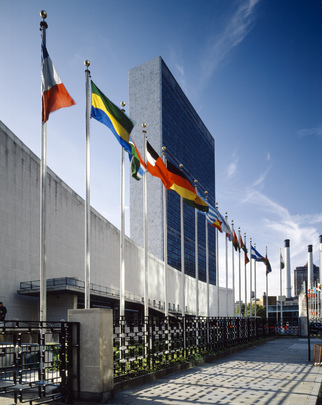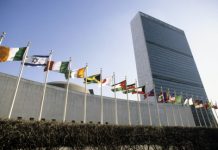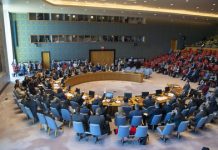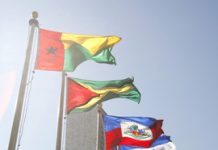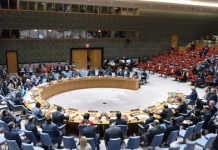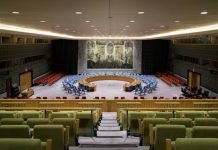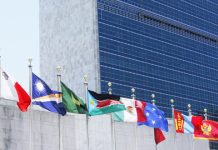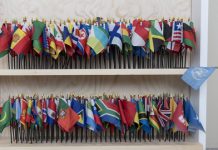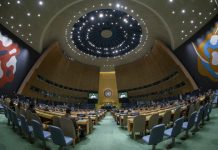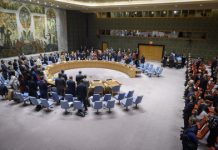Lebanon conflict at ‘critical point’ with more than 3,000 confirmed dead
The war in Lebanon has now killed more than 3,000 people amid ongoing Israeli airstrikes and Hezbollah missile launches into Israel, UN humanitarians said on Wednesday.
The updated death toll includes fatalities recorded since 8 October lasts year – 58 per cent more than the 1,900 people killed during the 34-day conflict in 2006 between Israel and Hezbollah.
“Across the country, at least 71 people were killed in airstrikes on 1 November alone,” said the UN aid coordination office, OCHA, which warned that the conflict had reached a “critical point”.
Because of the war, an estimated 1.3 million have been displaced across Lebanon and into neighbouring countries like Syria.
OCHA noted that the humanitarian situation continues to worsen because of intensified Israeli strikes and displacement orders – particularly in Haret Saida in southwest Lebanon and Baalbek in the east.
Specialist newborn care in Gaza decimated, warns UNICEF
In Gaza, the UN Children’s Fund, UNICEF, issued an appeal on Wednesday for safe access to be maintained to the last neonatal intensive care unit in the north of the enclave.
Kamal Adwan Hospital “has become a besieged war zone”, said UNICEF Middle East and North Africa Director, Adele Khodr.
Condemning the destruction of specialist care for newborns, Ms. Khodr said that children who were treated there were reportedly killed and injured in this week’s attacks.
“Oxygen and water supplies have been damaged, disrupting critical care for the few still clinging to life inside,” she said.
According to UNICEF, at least 4,000 babies in the enclave have likely been cut off from lifesaving care in the past year, “because of sustained attacks” on hospital facilities.
The UN agency condemned repeated power cuts and “woefully inadequate” deliveries of fuel to hospitals. These shortages have proved deadly, especially in northern Gaza, it said.
Rise in Afghan opium growing reflects hardships, despite Taliban ban
Finally, the cultivation of opium poppies in Afghanistan has spiked by 19 per cent so far this year after a near-total halt in production last year, linked to a Taliban prohibition, according to the UN Office on Drugs and Crime (UNODC).
A new report from the UN agency estimates that poppy growing for the street drug heroin now covers just 13,000 hectares across Afghanistan, an area almost 20 times smaller than two years ago.
To keep production down, UNODC Executive Director Ghada Waly said that it was urgent to find profitable alternative crops and livelihoods for Afghanistan’s struggling farmers.
“We have the opportunity and responsibility to support Afghan farmers to develop sustainable sources of income free from illicit markets,” she insisted.
The UNODC report also identifies a shift in opium poppy cultivation patterns. While southwest Afghanistan has been the country’s opium hub traditionally, 59 per cent of cultivation this year took place in the northeast.
Matt Wells, UN News
Music composed and produced by Joachim Harris. All rights reserved
Source of original article: United Nations (news.un.org). Photo credit: UN. The content of this article does not necessarily reflect the views or opinion of Global Diaspora News (www.globaldiasporanews.com).
To submit your press release: (https://www.globaldiasporanews.com/pr).
To advertise on Global Diaspora News: (www.globaldiasporanews.com/ads).
Sign up to Global Diaspora News newsletter (https://www.globaldiasporanews.com/newsletter/) to start receiving updates and opportunities directly in your email inbox for free.


